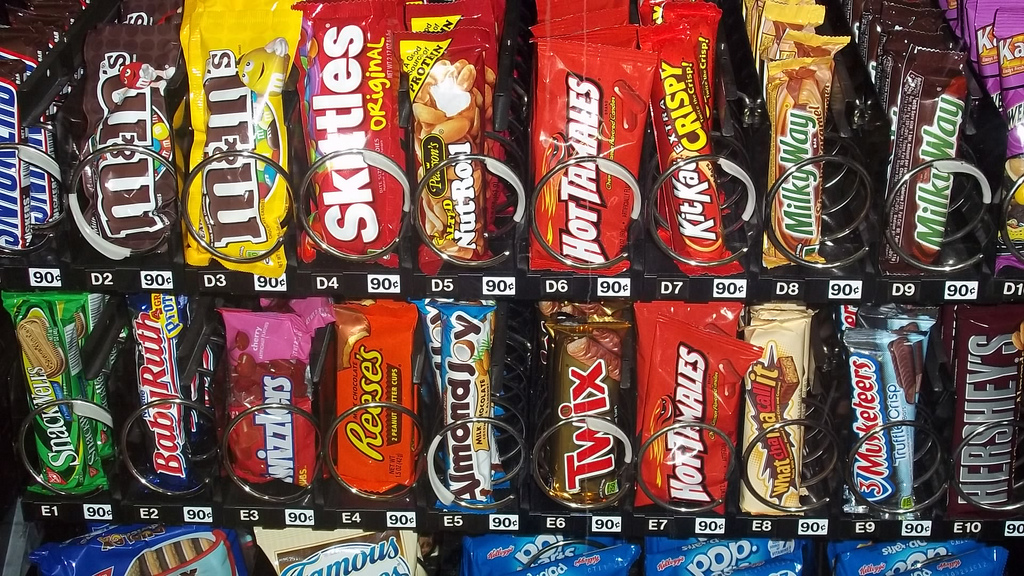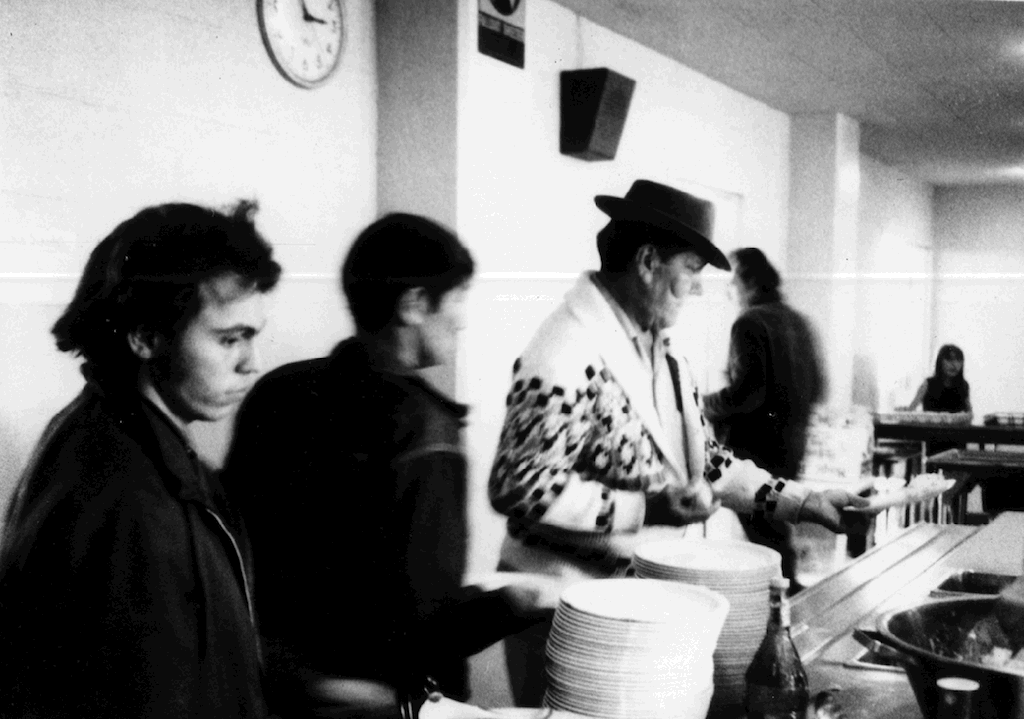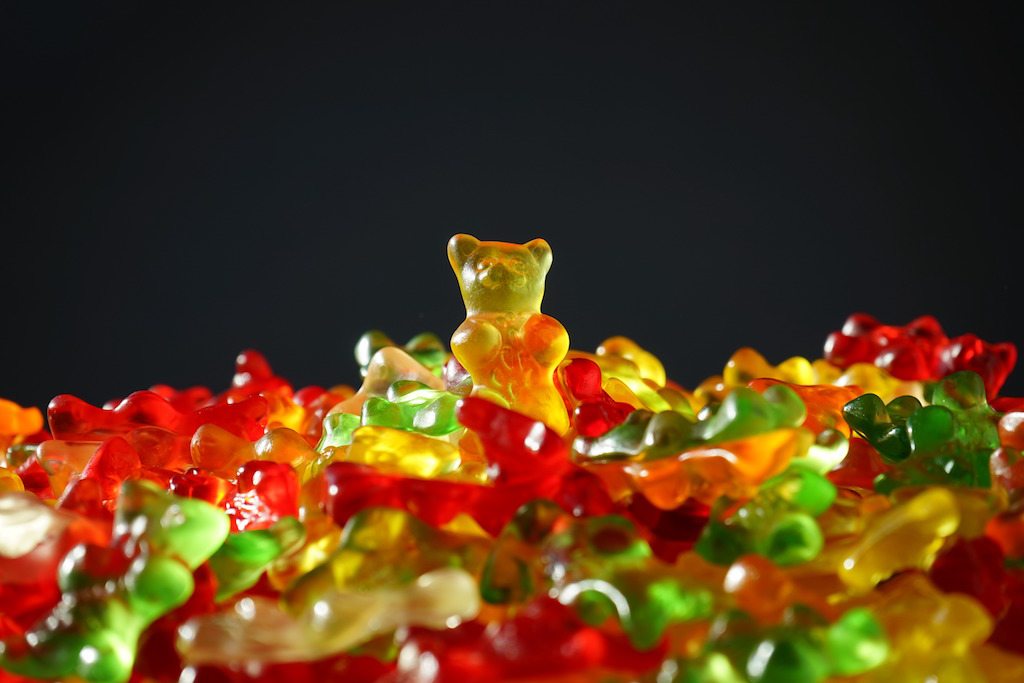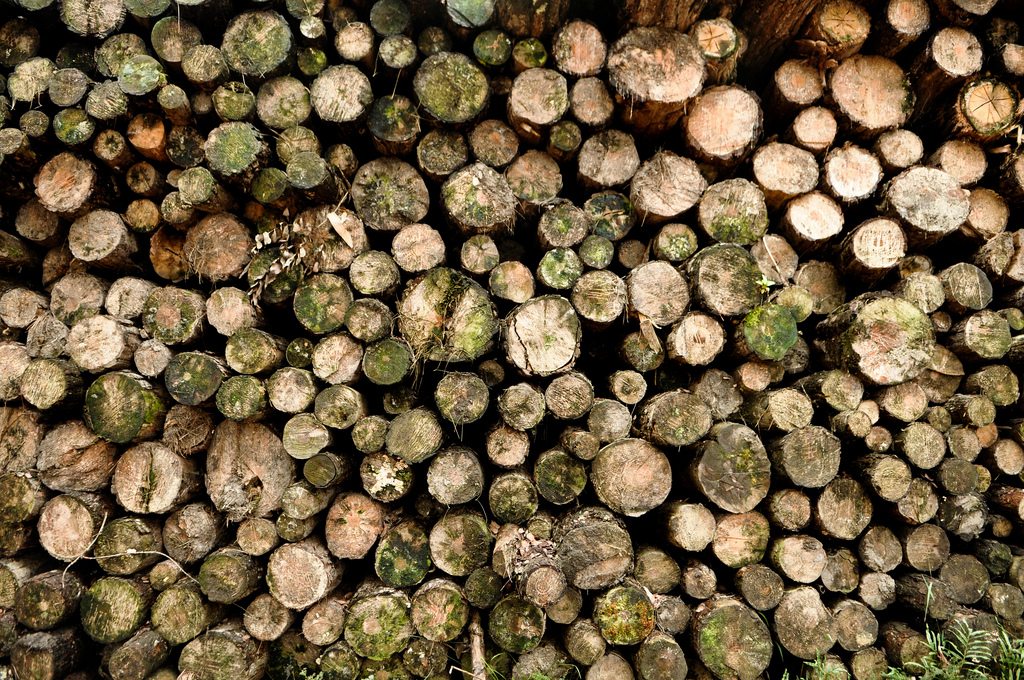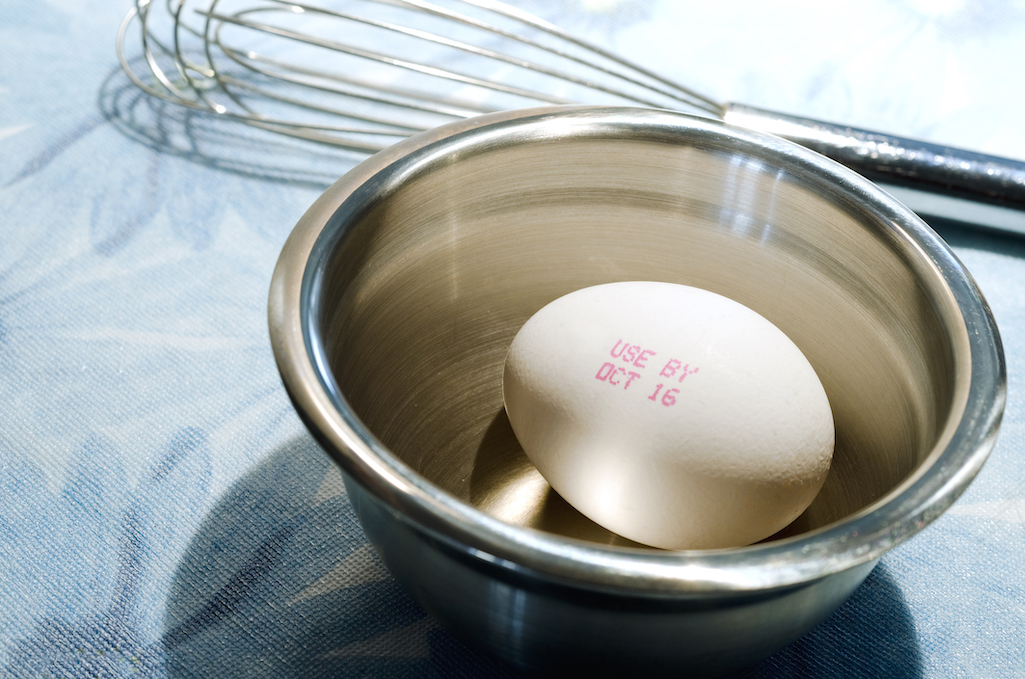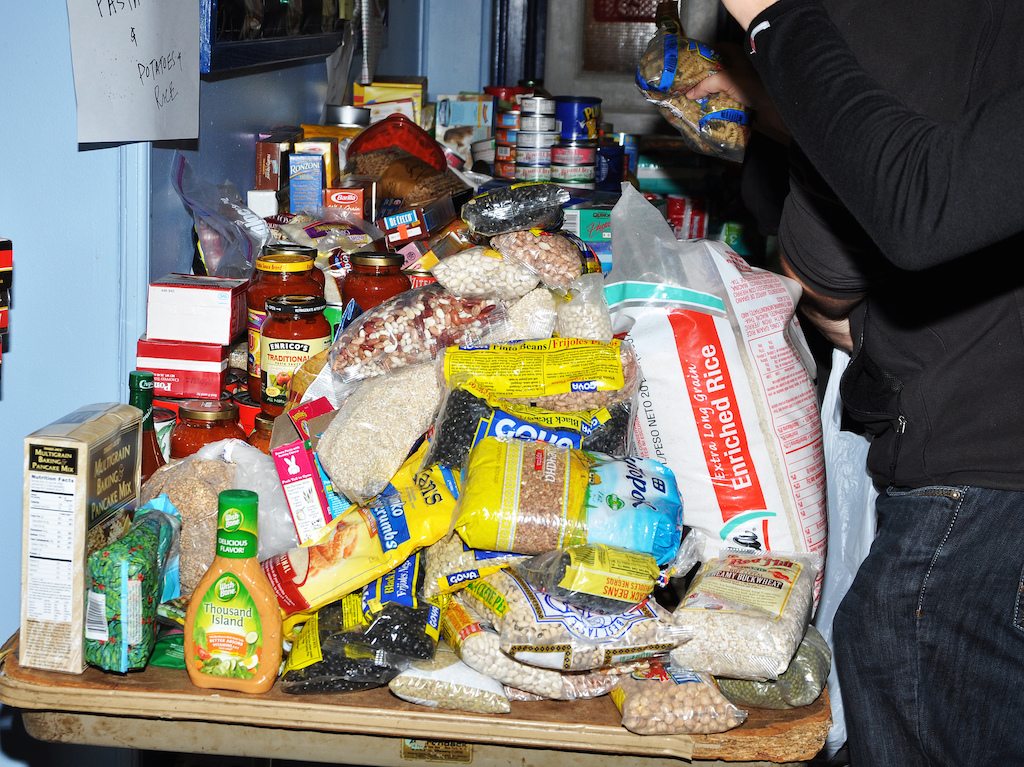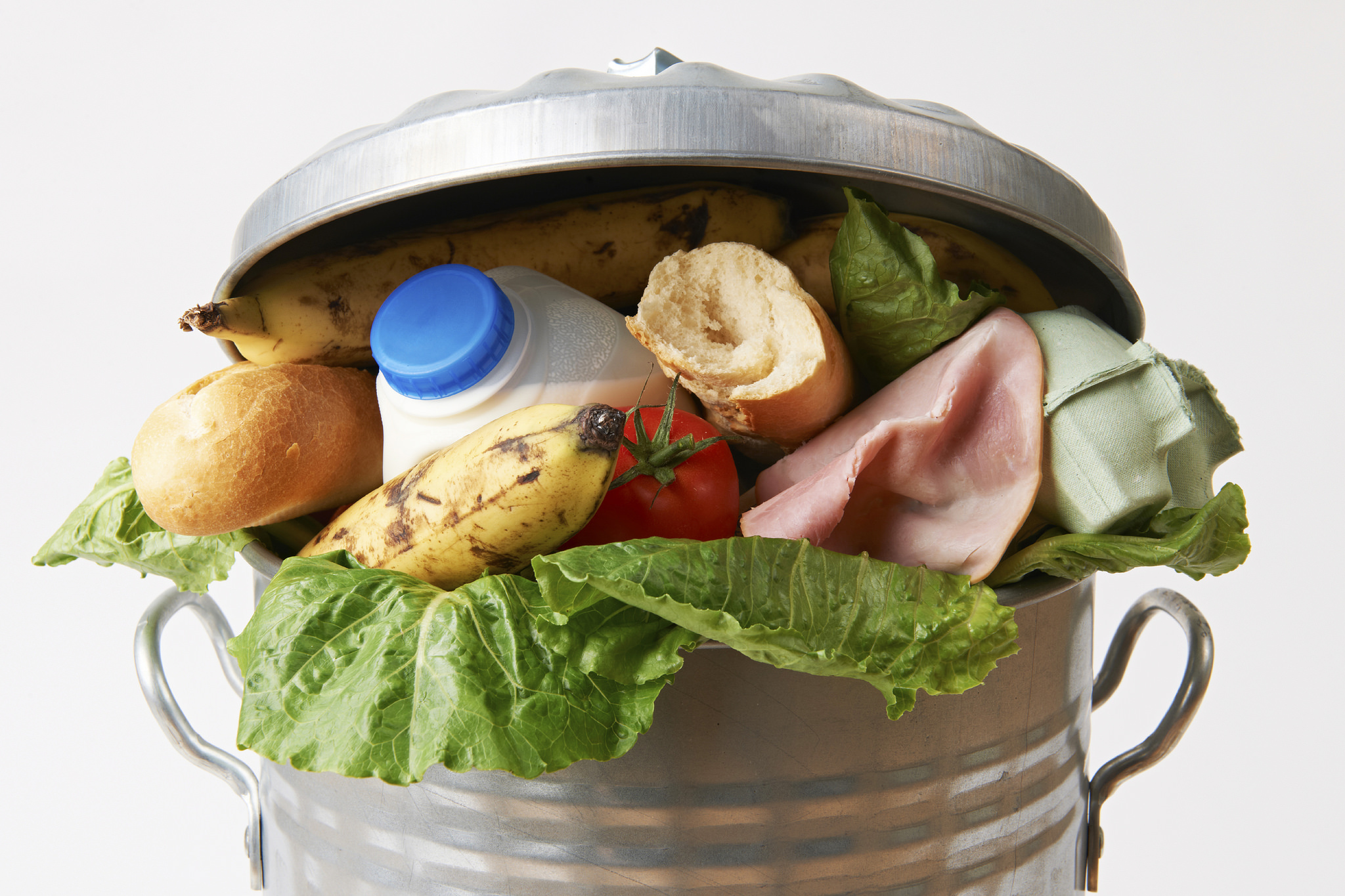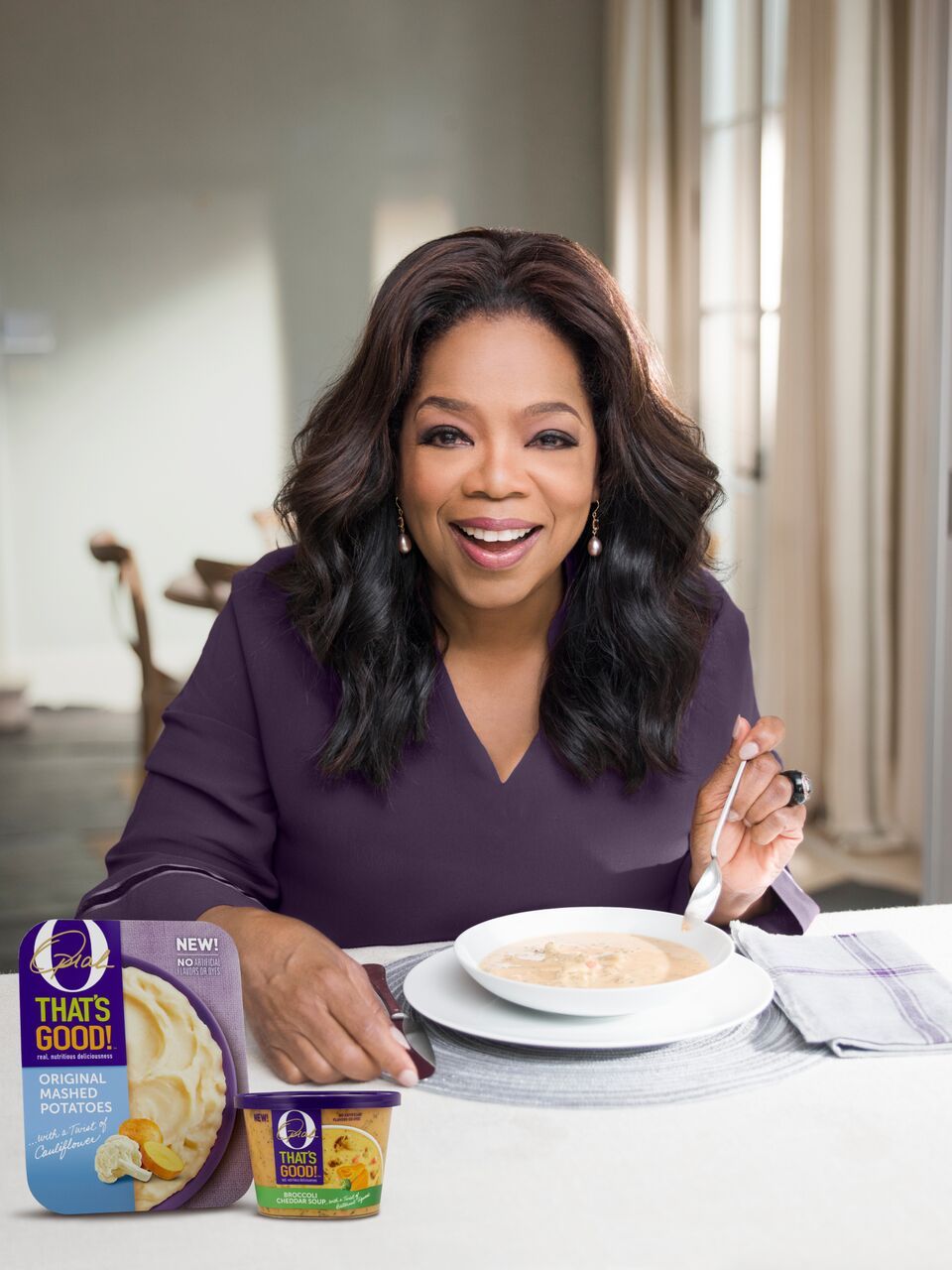Hungry? Why wait? Have lunch.
In a new study released this week, neuroscientists at New York University have found that cravings for unhealthy snacks are actually unrelated to hunger. That’s not exactly breaking news to anyone who’s ever indulged a sudden, intense craving for pizza, or even a smoke, after seeing one on TV. After all, food and drug cues work on our brain in a similar way.
But what’s new here is the finding that we’ll actually overpay to satisfy those cravings, too. It’s a discovery that suggests a food craving is perhaps more like an addiction—impervious to reason.
As part of the study, the scientists conducted two multisensory tests on 89 adults. Forty-four people participated in one test designed to measure whether they would pay more for junk food after they’d been exposed to it, and 45 participated in another test to see if they’d overpay to have even more of it. In both cases, the subjects’ interest levels were gauged through bids, or theoretical amounts they said they’d pay for the food, as they were exposed.
After the initial exposure, the subjects opened a tray to find the real thing inside. They were instructed to do almost everything but eat it—open and unwrap it, break off a piece, pour it into a cup, smell it—and then describe a memory of actually eating it. The finding? After that exposure, their bids for the items increased by around 66 cents, or around 38 percent more than their initial bids. And there’s a spillover effect, too: participants increased their bid for other junk foods by 26 cents, even if they hadn’t been exposed to them.
In the second experiment, 45 new subjects underwent the same tests, but had the opportunity to bid on larger amounts of the same snacks. That experiment revealed that the subjects were willing to pay more for larger portions. In other words, during a craving, junk food becomes disproportionately valuable, and its own economic value multiplies.
To ensure they weren’t just testing hunger, the scientists also studied a control group of 50 adults who took similar tests with alternatives, like Kind bars and pretzels. Big surprise: While the junk food got more and more valuable, the worth of healthier snacks stayed about the same. That suggests another way of defining cravings—not as a state of love or desire, but more like a warping of preferences.
“From a health behaviors perspective, preference reversals of this kind imply that even if people strive to eat healthier, or endorse drug-free lifestyles, cravings could overshadow the value of healthy by boosting the value of unhealthy foods or drugs,” the scientists wrote in their findings. The observation held true, they found, even if the subjects hadn’t been dieting.
What’s the implication? That junk food doesn’t really satiate. It just, as Marx might say, create more desire.
“Craving Snickers does not make you hungrier,” Kenway Louie, one of the paper’s co-authors, said to NYU. “It makes you desire Snickers specifically.”
